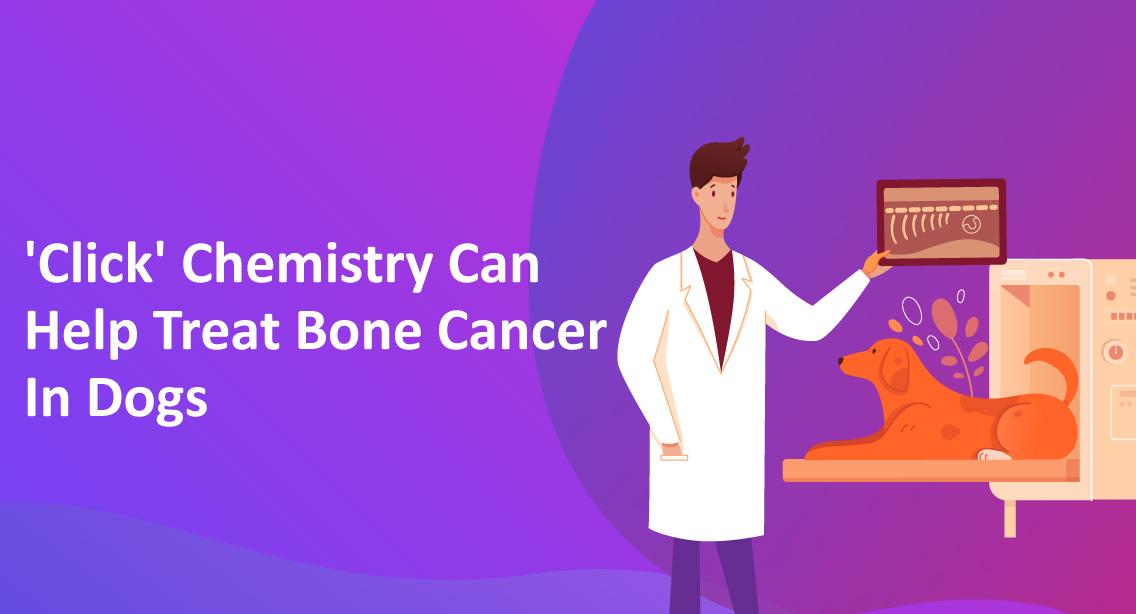'Click' Chemistry Can Help Treat Bone Cancer In Dogs
In September, the Nobel Prize in Chemistry was awarded to researchers from California and Denmark for developing 'click chemistry.' It is a process in which molecules snap together like LEGOs, potentially making them more efficient for delivering pharmaceuticals to cancer tumors.
A new study from the University of Missouri demonstrates how click chemistry can deliver drugs more efficiently to treat tumors in large dogs with bone cancer, previously successful in small mice only.
Jeffrey Bryan, an associate professor at the MU College of Veterinary Medicine and author of the study, said, "If you want to attack a tumor using the immune system, an antibody is an extremely specific way to deliver a drug or radioactive payload to the tumor, but the problem with antibodies is they are huge molecules that circulate in the bloodstream for days or even weeks."
Click Chemistry aims to maximize therapeutic drug delivery specifically to the cancer tumor to increase effectiveness while minimizing drug circulation throughout the bloodstream and preventing dangerous side effects.
Mice to Man's Best Friend
Chemists assumed for years that click chemistry would not work in large dogs or humans because the body's size would be too large for the two sides of therapy-delivering molecules to find each other and 'click' together. Bryan worked with Brian Zeglis, an associate professor at Hunter College, to conduct the first successful 'proof-of-concept.' Using click chemistry, radiopharmaceutical doses were delivered specifically to tumors in five bone cancer-suffering dogs weighing more than 100 pounds.
"It is a huge step forward for the field to show that this worked in a human-sized body," said Bryan. "Going forward, this may pave the way for click chemistry to be used to help humans with cancer in the future."
Bryan has studied comparative oncology and veterinary for nearly two decades. He claims that some dogs with one known bone tumor have other bone tumors hidden within their skeleton. Another advantage of imaging scans and click chemistry studies is the ability to determine whether additional cancer tumors exist in a dog's skeleton and impact its health.
"Osteosarcoma, a common form of bone cancer, impacts both dogs and people, and it causes severe pain, limping, swelling in the limbs, and treating the bone tumors with various radiation therapy and immune therapy approaches to take away the pain is something I am passionate about here at MU," said Bryan. "Everything we learn about treating these dogs can be translated to help humans down the road."
The MU College of Veterinary Medicine is the site of cancer clinical trials that draw people and their pets from many states. Besides this successful 'proof-of-concept' imaging study involving click chemistry, Bryan's long-term goal is developing therapy involving radiopharmaceuticals, potentially involving an antibody-targeting molecule, and treating bone cancer dogs not well enough for other surgical treatments.
Bryan says, "Our overall goal is to come up with different tools in our toolbox to effectively help treat dogs with cancer, and one day even people, too."








